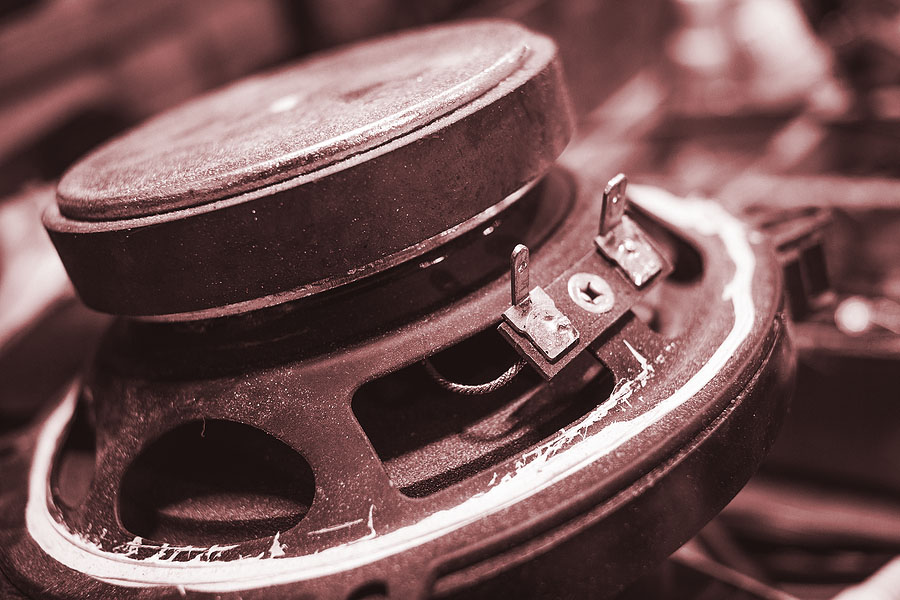Available for licensed manufacturing. Patent Pending.
Overview of existing marketplace:
Electro magnets are everywhere around us; from the drones we fly, the electric motors in our cars and bikes. The generators, alternators and other devices that use electromagnets for switches, relays and speakers.
Currently most electro magnets use a spindle or core, wire (copper or similar) with an insulator, that is wound around the spindle in various thicknesses, that moves progressively from the one end of the spindle to the other end. This is the same approach in motors, alternators, generators, and various devices that use electro magnets. Some have iron cores which act as a paramagnet; an amplifier of the electro magnets to increase its magnetic force. The manufacturing process of creating the parts, winding the wire around a core in various size magnets creates limitations on size and shapes of magnets at both ends of the manufactured products spectrum; either very small electro magnets or very large, can be problematic to manufacture and assemble.
Need:
There is a need for greater flexibility in the shape, size of electro magnets while simplifying the manufacturing process. The ability to create magnets that can be produced a very small sizes for medical equipment, or robotics at the micro, pico or nano level using electro magnets, for various “machines”; motors, pistons, hinges that are controlled with very small magnets. Also extreme precision can be achieved, with compound electro magnets that cannot be created simply with current manufacturing processes.
Brief Summary:
Printed rows of highly conductive or super conductive material in layers (spirals) that would interconnect with the next layer (plane). The printed spiral will form an electro magnet. Insulation material would / could also be printed between and above each layer. The layer would be printed at “millimeter”, “micrometer” or “nanometer” scale thickness per wire. By using super conductive material, this will reduce the heat creation, and less energy would be used to produce a more powerful magnet.
For more detail, and if your firm is interested in licensing this Patent Pending invention.




